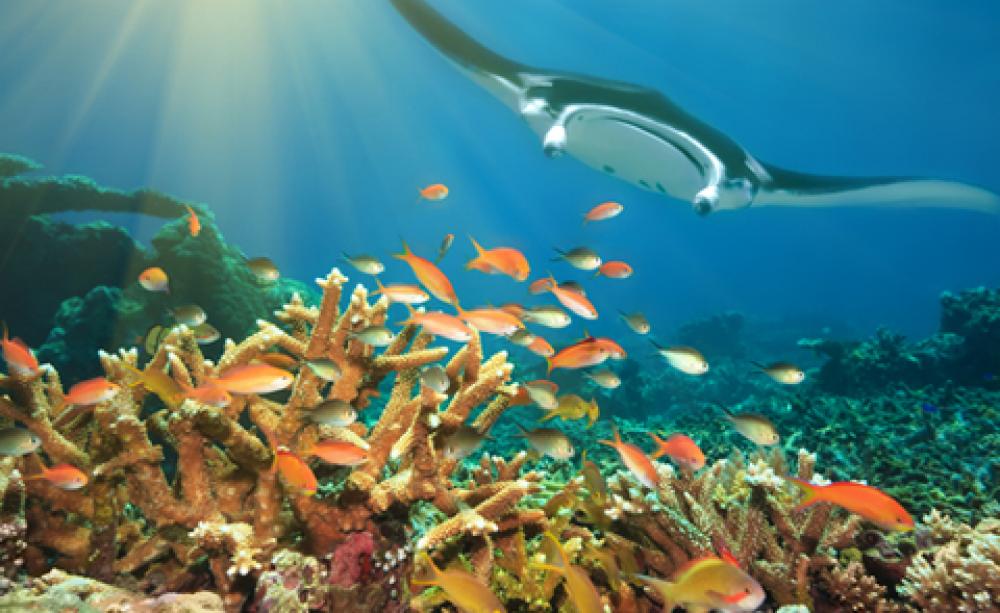
Rising ocean temperatures have long been linked to negative impacts for marine life, but a Florida State University team has found that the long-term outlook for many marine species is much more complex — and possibly bleaker — than scientists previously believed.
FSU doctoral student Jennifer McHenry, Assistant Professor of Geography Sarah Lester and collaborators with the National Oceanic and Atmospheric Administration (NOAA) investigated how marine species’ habitats are likely to be affected by multiple factors associated with climate change such as ocean temperature, salinity and sea surface levels.
Their work is published in Global Change Biology.
“Most models have only considered the changing temperature of the ocean to make projections for sea life,” McHenry said. “However, considering factors beyond temperature provide a more complete picture of how marine life will fare as the Earth warms and these factors change accordingly.”
Using data on marine species from NOAA’s National Marine Fisheries Service and a high-resolution global climate model projection from the NOAA Geophysical Fluid Dynamics Laboratory, McHenry and her team examined the expected habitat changes of more than 100 species living in the U.S Northeast Shelf — a highly productive and economically important region that spans from Cape Hatteras, North Carolina to Nova Scotia, Canada. Researchers found that when using a multifactor model more than 50 percent of marine species in that region would experience a decline in habitat space.
“That spells serious trouble for certain species,” McHenry said.
Researchers found a stark contrast after comparing temperature-based models with multifactor models. The latter revealed a more significant habitat decline for some species.
For example, the Atlantic cod had diminished habitat space when looking at temperature models, but the multifactor habitat suitability models rendered Atlantic cod essentially absent in the future.
“Atlantic cod was once an important fishery in the Northeast,” McHenry said. “There are ongoing efforts to rebuild it, but these models indicate a less hopeful future for this species than originally suspected.”
Forecast models spanned a total of 80 years into the future. Researchers said that gives ecologists and fishery managers time to plan and respond.
“We need to have responsive management approaches,” Lester said. “A species that is going to have a much smaller range in the future and that’s commercially harvested for seafood might need to have more conservative catch limits to account for the fact that it may be more vulnerable under future climate.”
Researchers said their study could be duplicated in other geographic areas, such as the Gulf of Mexico and off the western coast of the United States.
“Climate change is not just about temperature,” Lester said. “Unfortunately, it’s going to affect a range of factors. When we try to predict what’s going to happen in the future for marine species, we need to account for the full suite of factors that are going to change and be prepared for the fact that the impact on those species might be worse than what we’d predict just based on temperature.”

